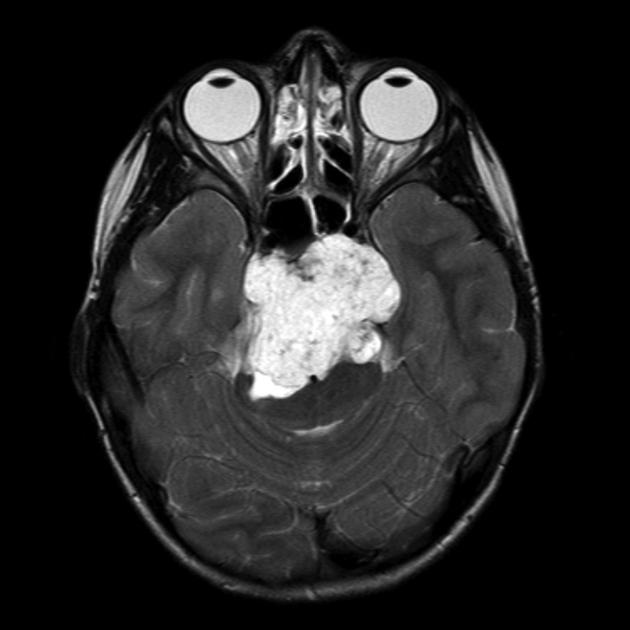Rare Bone Cancer Could be Remedied with Existing Drug
Scientists from the Wellcome Trust Sanger Institute, University College London Cancer Institute and the Royal National Orthopedic Hospital NHS Trust have now sequenced and hence found many underlying genetic causes for chordoma, a rare bone cancer.
For the first time, scientists have used whole genome sequencing to gain a better understanding of the biology underlying chordoma. The results reveal promising new treatment options for cancer with a poor prognosis.
They suggest that patients with chordoma could be helped by existing drugs. This suggestion was made based on the discovery made by scientists that a group of chordoma patients have been found to have mutations in genes that are the target of existing drugs, known as PI3K inhibitors.

A chordoma is a rare form of bone cancer that strikes individuals of all ages and affects 1 in every 800,000 people in the UK. Chordomas are slow-growing, yet aggressive and life-threatening tumours that form in the vertebral bodies of the spine, the sacrum and base of the skull. The cancerous tumour is considered to develop from persistent embryonic tissue, known as the notochord.
As they involve critical structures such as the brainstem, spinal cord, and important nerves and arteries, chordomas are difficult to treat.
Due to their slow-growing but aggressive nature, chordomas have a poor prognosis. The only effective treatment options currently are surgery and radiation therapy. These options have a high risk associated with them due to the tumors placement and potential involvement of surrounding critical structures, such as the brainstem, spinal cord or important arteries. This study was the first to utilize whole genome sequencing in order to gain a better understanding of the biology underlying chordoma.
Researchers studied chordoma tumours from 104 patients and found that 16 per cent of the tumour samples had genetic changes, or mutations, in PI3K signalling genes.
These genes are the target of existing drugs, known as PI3K inhibitors, which are being used to treat many cancers, including breast cancer, lung cancer and lymphoma, but have not yet been considered for chordoma. The gene brachyury, or T, has been known for some time to play a role in chordoma but for the first time, the team used genomic sequencing to demonstrate that only one additional copy of the T gene seems to drive these tumours.
The team also discovered a new cancer gene that is specific to chordoma, known as LYST, which has not been found in any other cancer. This finding warrants future research.
Dr Sam Behjati, the joint first author from the Wellcome Trust Sanger Institute, said: “By sequencing the tumours’ DNA, we get a much clearer view of the genetic changes that drive chordoma. We have shown that a particular group of chordoma patients could be treated with PI3K inhibitors, based on their mutations. This would have been missed had we not done genomic sequencing of their tumours.”
Josh Sommer, a survivor of chordoma and Executive Director of the Chordoma Foundation, USA, said: “These findings represent a major step forward in understanding the underlying causes of chordoma, and provide hope that better treatments may soon be available for some patients.”
Professor Adrienne Flanagan, the joint lead author from the Royal National Orthopaedic Hospital NHS Trust and University College London Cancer Institute, said: “This study provides a resource for chordoma research for years to come. In the future we hope to target chordoma from three angles: trialling PI3K inhibitors in chordoma; developing a therapeutic approach to switching off the extra copy of the T gene and studying the function of LYST as a cancer gene and its role in the development of chordoma.”























